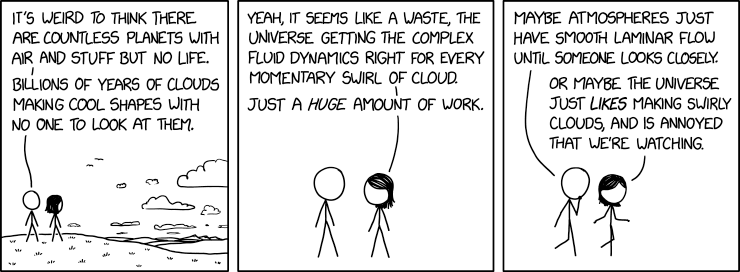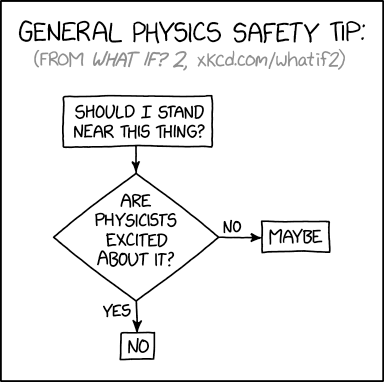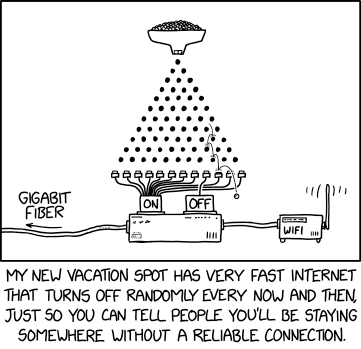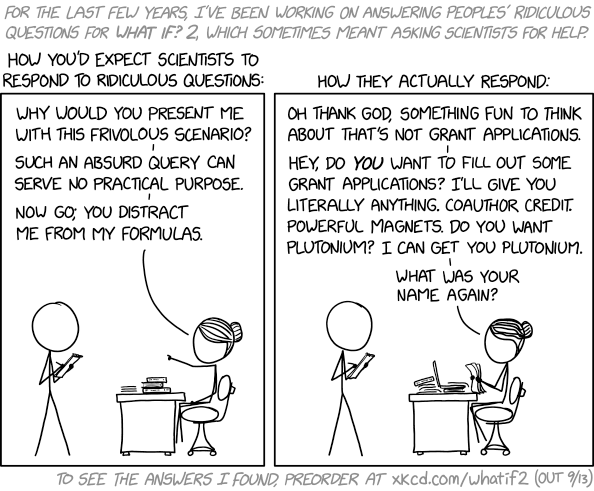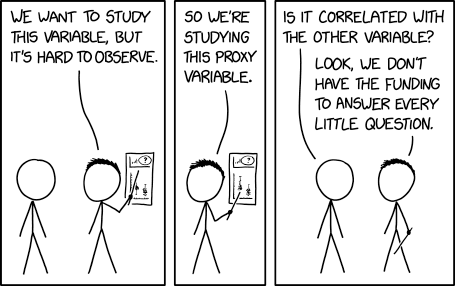The Town of Calamity, The D&RGW RR Warehouse Row and Historical Miniature Gaming
Quotes
Wednesday, August 31, 2022
Tuesday, August 30, 2022
World War II Project, STuG Project - Two down, two to go
I'm calling these finished and I'm taking them to Reaper Con just to get some feedback on them. I'm pretty happy with them but I see some flaws too. I also wanted to get them looked at before I start throwing stowage on them.
I picked a specific unit for my Stugs; Sturmgeschutz-Brigade 341. Ut had a couple of unusual characteristics that I wanted to try and model and it would make them stand out on the game table from all the other Stugs out there.
First the maintenance crews modified the front skirt to make maintenance a little easier on the front drive sprocket. Second they welded plate over the gun mount to help keep debris from falling in and possibly fowling the movement of the gun. The third, which doesn't make much sense, is they bent the top of the skirts over towards the upper hull. Not sure what they were attempting to accomplish but its clearly visible in the pictures. My main reference for this was "STUG III & IV, German Army, Waffen-SS and Luftwaffe, Western Front, 1944-45" by Dennis Oliver and published by Tank Craft. The Tank Craft books are excellent. I found a number of other photos of Stugs from this unit which provided some other angles, most from "Sturmgeschutz on the Battlefield" I just don't remember which volume those picture were in.
 |
| Sturmgeschutz III ausf G, 2 battery, Sturmgeschutz-Brigade 341, France, summer 1944. Rats, I just noticed that I swapped the two interior skirts. I'll have to see if I can fix that. |
 |
| Sturmgeschutz III ausf G, 3 battery, Sturmgeschutz-Brigade 341 |
Friday, August 26, 2022
Warehouse Row - The Wynkoop Street Bridge
 |
| And here is the original |
 |
| From a slightly different angle |
 |
| Photo by Bob Morgan 2/2009 |
 |
| Photo by Bob Morgan 2/2009 |
Thursday, August 25, 2022
World War II Project, STuG Project - Progress!
Its been ages, but I want to take one or both of these down to ReaperCon. I have been working on the lower hull and the tracks. I have been using a lot of pigments for this to add some texture and to work down into the tracks and wheels themselves. I'm actually pretty pleased with the progress at this point.
I have started rusting up the mufflers as well and drilling out some stuff like the smoke grenade launchers and the tailpipes. Hoping to finish up the rusting on the mufflers today and then I can move on to the side skirts.
 |
| Hard to see, but weathering powder has been applied to the tracks |
 |
| An in progress shot. One almost dry and one still wet. |
 |
| Almost finished track and hull |
 |
| Can't forget the front lower glacias! |
 |
| Need to drill out those smoke grenade launchers |
Wednesday, August 24, 2022
Wednesday, August 17, 2022
Friday, August 12, 2022
A little bit of progress on Warehouse Row
This project just meanders from place to place. Recently I have been trying to dive deeper into what the "job" was to move freight cars to and from the various "industries" that made up warehouse row in lower downtown Denver (before it became the LoDo special district). I reading through the book "Denver's Railroads" by Kenton Forrest & Charles Albi again and I found a couple of interesting entries in regards to local freights both in 1934 and 1980. That sent me down a bit or rabbit hole looking for numbered and scheduled freight trains.
My thinking was this would be the "magic" bullet I was looking for that would unleash a torrent of information. I spent a couple of days do some rather fruitless research and then thought about it again. Then it struck me, I shouldn't be looking for freights, the deliveries for warehouse row would have arrived in the yard (I suspect the Burnham yard but possibly the North yard depending on the date) and now it would be a "job" to deliver those freight cars.
I'm really looking for the switching job that worked that area of Denver. In ATSF parlance it would be assigned a Tag which defined the area. For instance when I was originally going to model "the Patch" in LA, that district was tag 22 and would further be broken down by time. Tag 122 would be morning, 222 would be afternoon and 322 would be night. I'm sure the D&RGW has something similar I just need to find it now.
I did acquire another book, that did at least answer a couple of my questions on possible motive power; "Trackside around Denver 1955 - 1979 with Jim Ozment" by Thomas Brunner. While a bit more encompassing than just the Denver area it did have some interesting pictures of motive power in the Burnham and North Yards. This is the switching power that I found:
Alco S2 photographed in the North Yard 1965
EMD SW1200 photographed in the North Yard 1965
Baldwin VO 660 photographed in the Burnham diesel house 1966
Alco RS3 photographed in the Burnham Yard 1964
GE 44 tonner photographed in the Burnham Yard 1964
Fairbanks Morse H10-44 photographed in the Burnham Yard 1967
At least there is some variety in the engines that might have pulled the duty for switching out warehouse row!
Now I just need to figure out how the switching jobs were designated.
